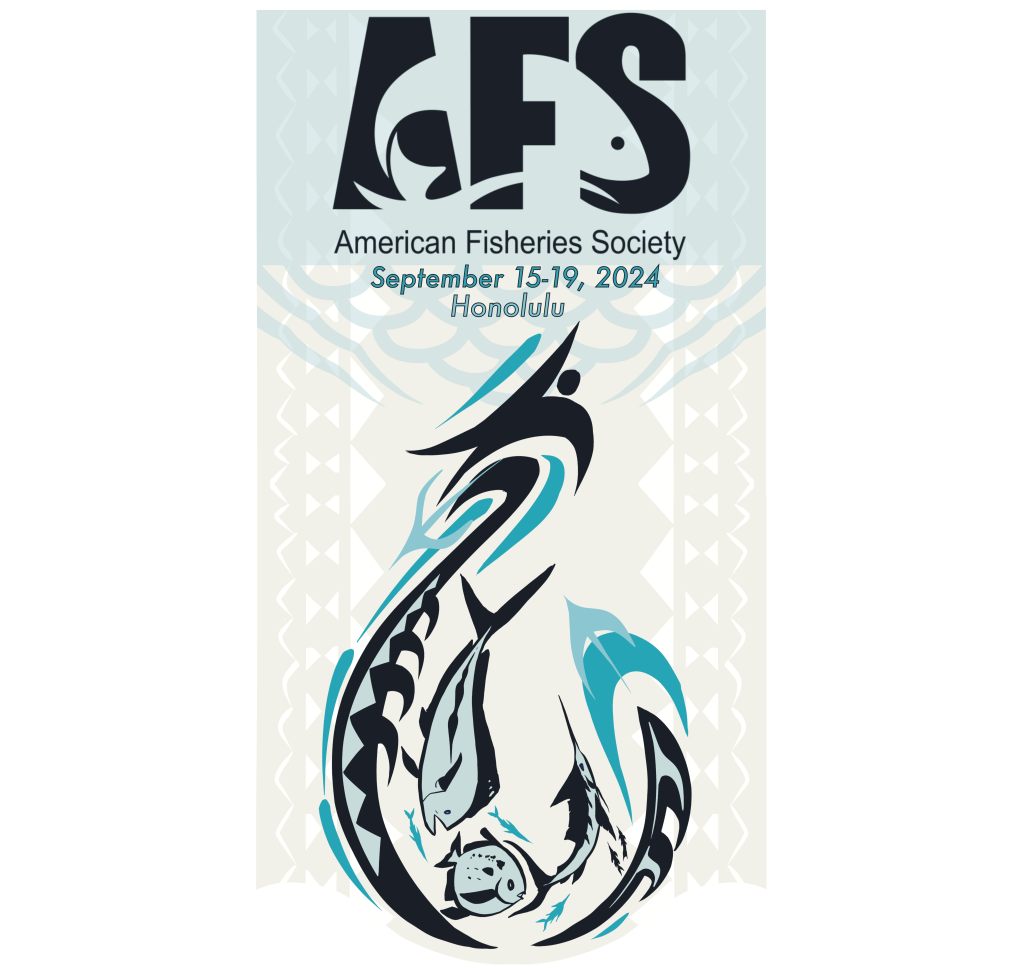The MacGyvers are back by popular demand! Fisheries scientists are often successful in “MacGyvering” innovative solutions to a question or problem. They do this by inventing, building, or repurposing technology or analytical tools, especially when resources or tools are limited or absent. Over time, these innovative solutions created important breakthroughs and broadened research capabilities in our field. This symposium is a platform for the tinkerers, the inventers, and the repurposers – the “MacGyvers” of fisheries science – to showcase the successes and failures of their applications and processes, their ideas for further exploration, and the results of their research after their innovative solution was utilized.
We hope that presenters will spark further development, facilitate the adoption of useful tools, and inspire others to explore innovative problem solving for the present and future of conservation and management in fisheries science. “Brace yourself – this could be fun” – Angus MacGyver.
Supported by: AFS Data and Technology Section
Organizer: Chelsea Myles-Mcburney, Florida Fish and Wildlife, [email protected]
Co-organizers: Tiffany Hopper, Patrick Cooney, Jennifer Moran
Supported by: AFS Data and Technology Section
